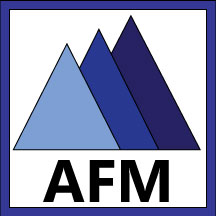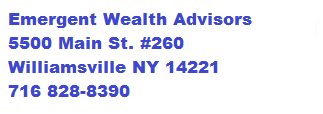


Investing Tip:
The Penny Stock Myth
I don't know how many times I've read something about buying stock in an important company when it's still a penny stock. My favorite example is getting in on Microsoft at only 15 cents a share. Well people who tell you that Microsoft was available at that price are either a) don't understand stock splits or b) they are trying to deceive you.
Microsoft came public in March of 1986 at $21 a share. It was *never* a publicly traded penny stock. It's a complete myth. In fact it was one of the most widely anticipated IPOs that I can remember. So why do people refer to Microsoft as a penny stock? It has to do with charts and stock splits. As I write this, Microsoft is currently at $60 a share. If we want to see a chart of how much it's gone up and if we started at $21 Microsoft would look like it's gone up only 200%. But Microsoft has split 8 times since 1986. So though the stock price is indeed up only 3 times, if you bought 100 shares at $21 in 1986 you'd have 28,000 shares at $60 today. In order to convey that gain on a chart, instead all past prices are reduced. The effect is the same. The gain is the same *as if* you bought it at 15 cents and it went up to $60. But the big gains were in shares not in price.
This is an important idea, because people use these charts to imply that many big important companies were originally penny stocks. That is almost never the case. There are very, very few instances of a penny stock ever even being listed on a stock exchange, let alone running up 28,000%. But people who deal in penny stocks will often stretch the truth in order to make a profit. Keep this in mind the next time someone talks about that 15 cent stock being the "Next Microsoft".
Donald Steinmann and Advanced Financial Management assume no responsibility for any actions taken due to comments made in The Investment Tip of The Week.

"A good decision is based on knowledge and not on numbers."
-- Plato